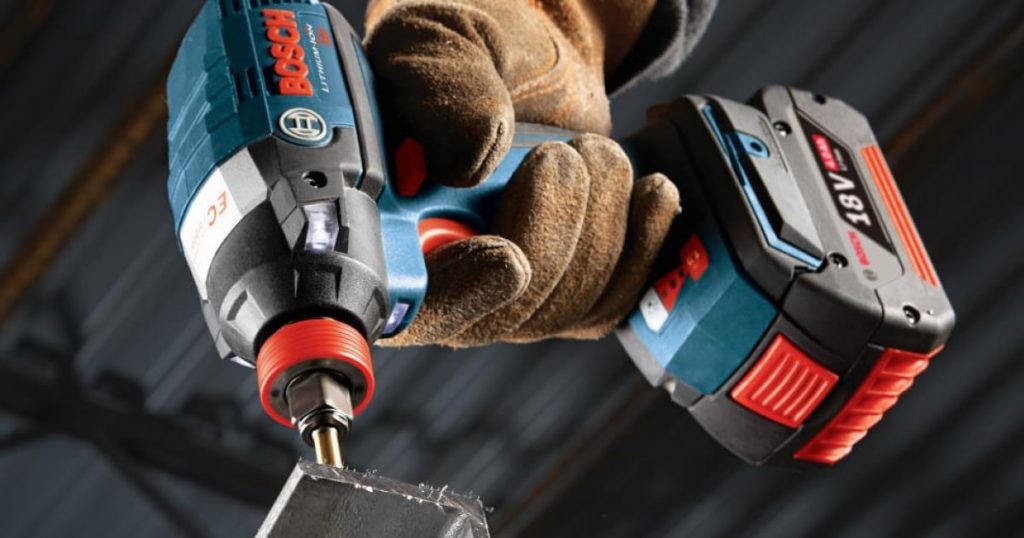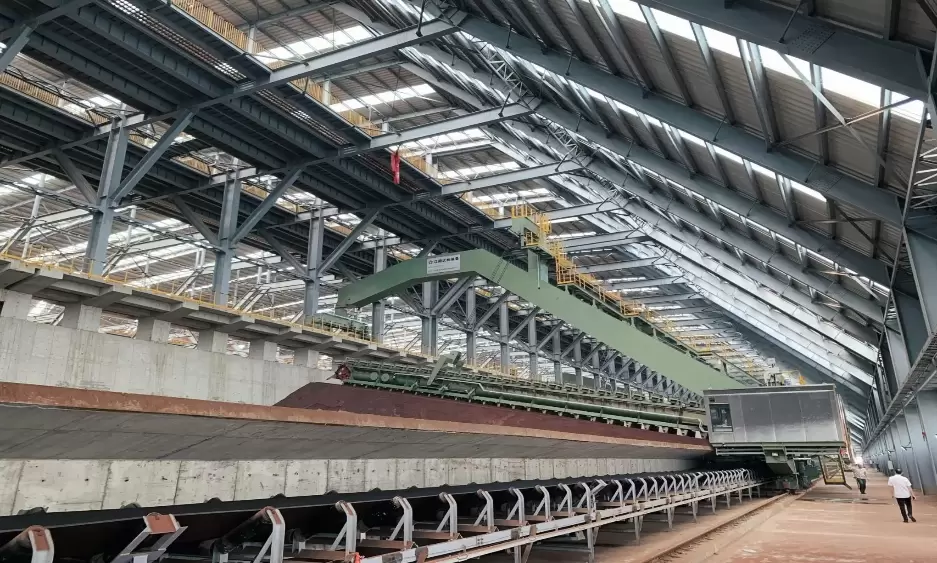Decoding the World of Hardware Tools: An In-depth Exploration

In the vast world of construction, manufacturing, and DIY projects, hardware tools serve as the unsung heroes. These tools, often overlooked, are the backbone of many industries, enabling professionals and hobbyists alike to create, repair, and innovate. This blog post aims to delve into the intricacies of hardware tools, their types, uses, and the latest trends in the industry.
Hardware tools can be broadly categorized into hand tools, power tools, and fasteners. Hand tools are manual equipment that do not require electricity or batteries. They include hammers, screwdrivers, pliers, wrenches, and saws. Power tools, on the other hand, are electrically powered and offer more speed, power, and efficiency. Drills, circular saws, jigsaws, and angle grinders are examples of power tools. Fasteners, such as nails, screws, bolts, and nuts, are used to join two or more objects together.
While the basic function of hardware tools remains the same, technological advancements have significantly transformed the industry. For instance, the advent of cordless power tools has revolutionized mobility and convenience in construction and woodworking. Lithium-ion batteries, brushless motors, and advanced electronic controls have made these tools more powerful and efficient than their corded counterparts.
Another trend shaping the hardware tools industry is the integration of smart technology. Today, we have smart drills that can adjust their torque based on the material being drilled, or digital tape measures that can provide readings in various units and store measurements for future reference. These smart tools not only enhance precision but also improve productivity and safety.
The rise of 3D printing technology has also impacted the hardware tools industry. It has enabled the production of custom tools and parts, reducing the time and cost associated with traditional manufacturing methods. Moreover, it allows for rapid prototyping, which is crucial in the design and development of new tools.
Sustainability is another key trend in the hardware tools industry. Manufacturers are increasingly focusing on producing tools that are energy-efficient and made from recycled or recyclable materials. This shift towards green manufacturing not only helps in conserving resources but also meets the growing consumer demand for eco-friendly products.
In conclusion, hardware tools are an integral part of our lives, whether we are building a house, repairing a car, or crafting a piece of furniture. As technology continues to evolve, we can expect to see more innovative, efficient, and sustainable tools in the future. Therefore, staying updated with the latest trends in the hardware tools industry is essential for professionals, hobbyists, and consumers alike.


